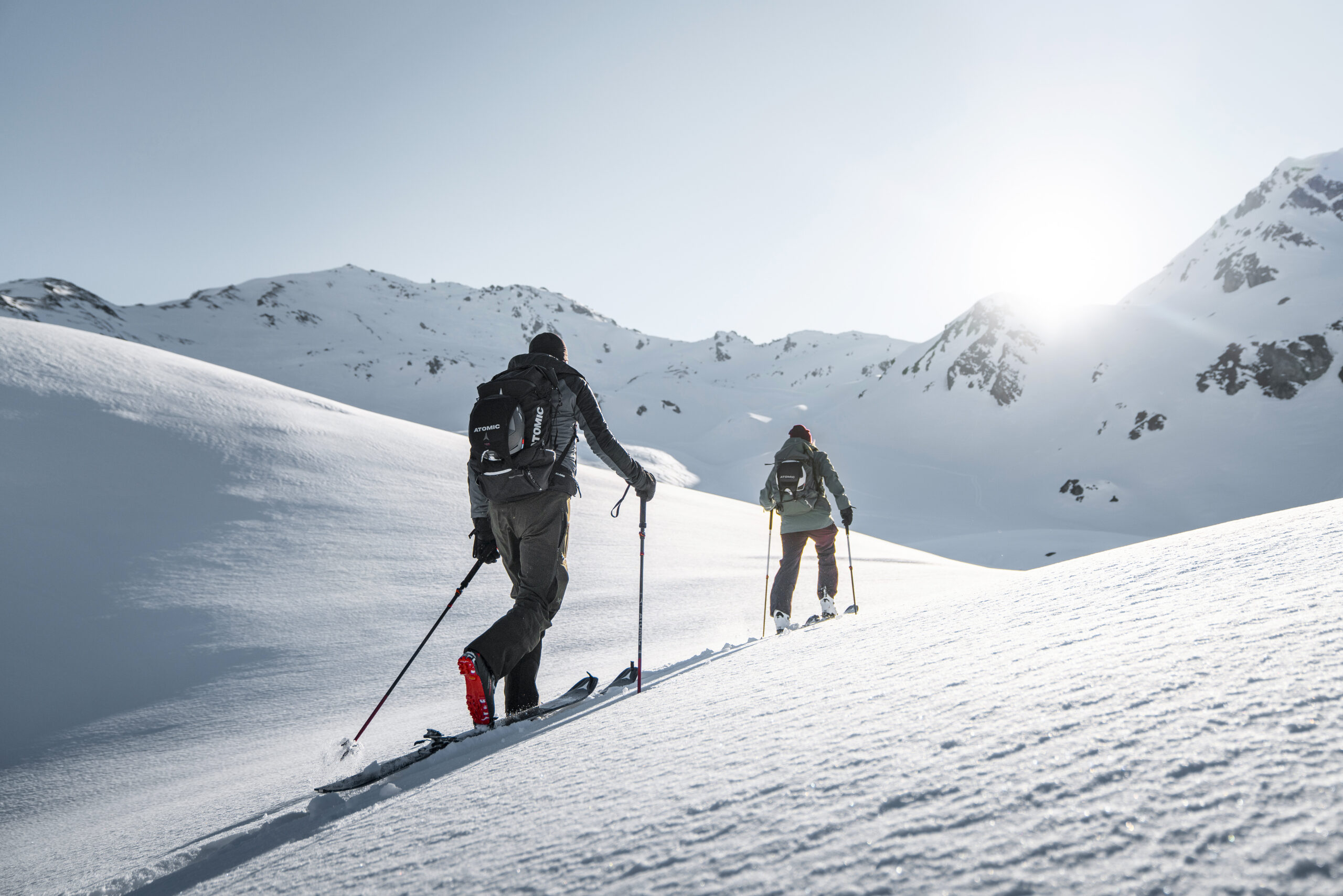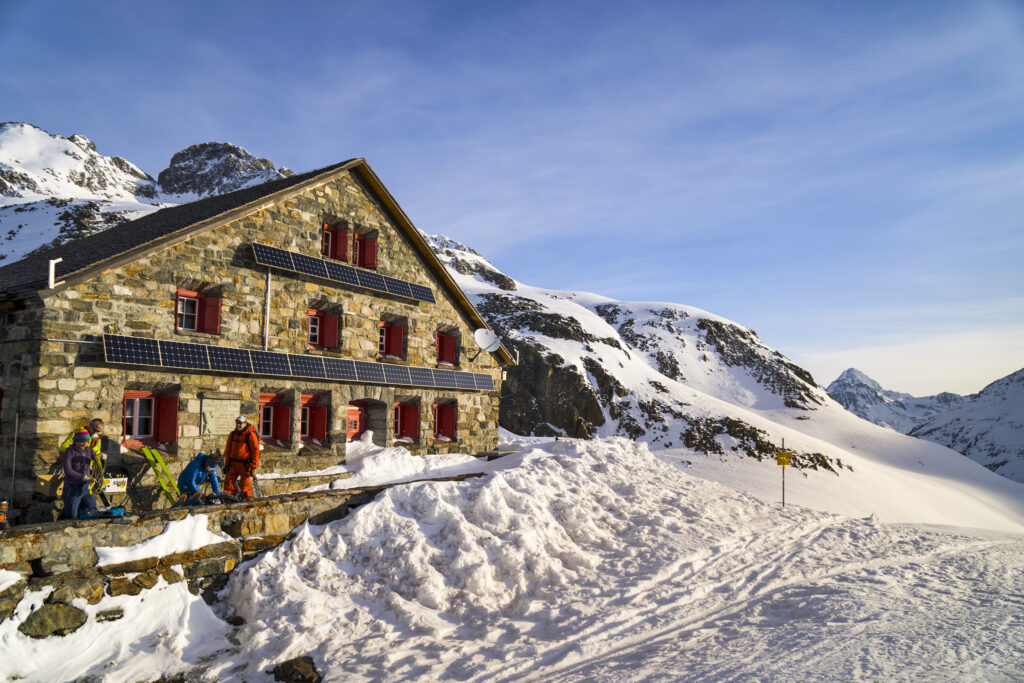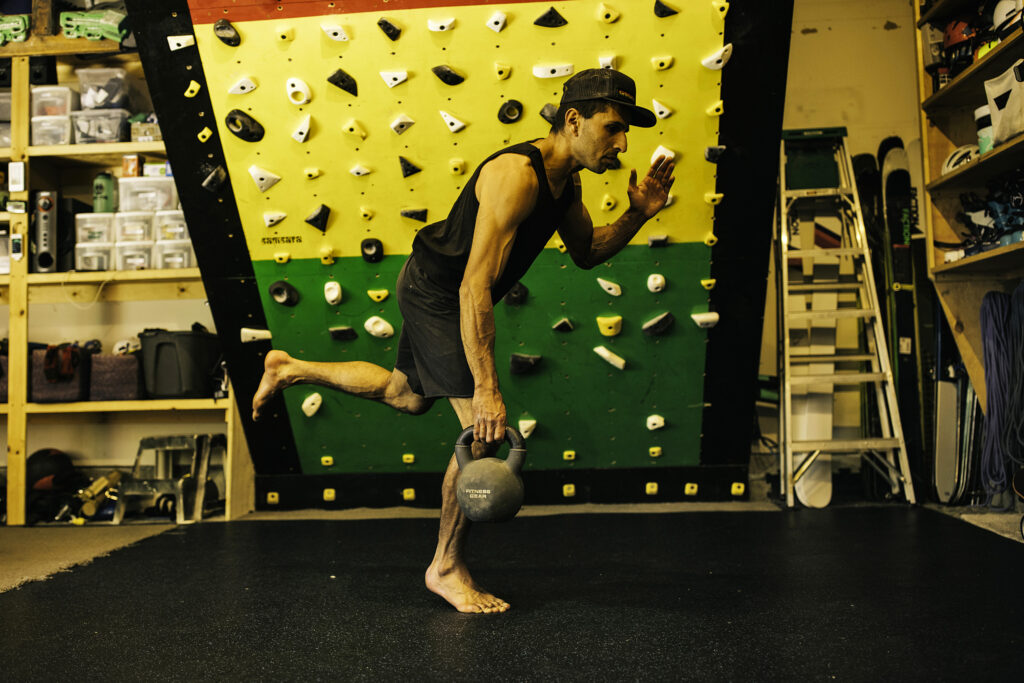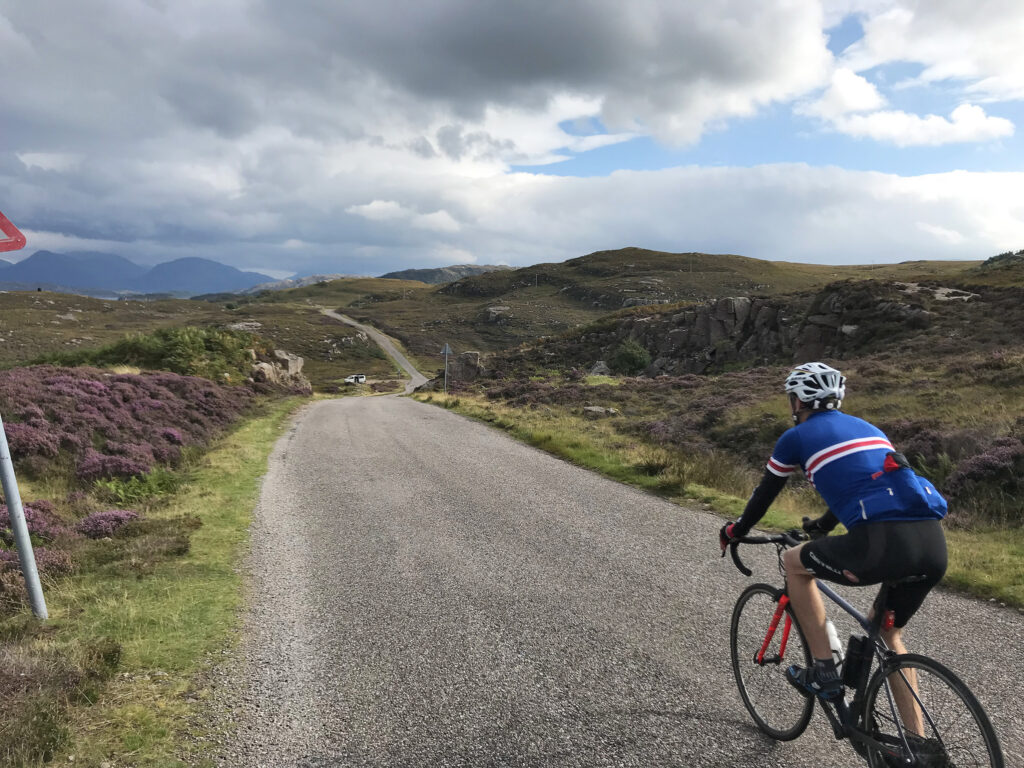Prep for your ski season


It’s that time of year when we get prepped for another belter of a season. Here are Backcountry Editor Martin Chester’s top tips to get mind, body, soul (oh yes, and kit) into tip-top order
This one comes first – of course! This is the time to load up the psyche and gather some inspiration for the coming season. I don’t know about you, but autumn seems like a good season to invest some of the earlier evening time into ‘research’.
To the untrained eye, this looks a lot like sitting on the sofa with a beer, watching YouTube. But actually, keeping up-to-date on Cody’s Fifty Project is essential. Honestly! Likewise, regularly skimming through my copy of the World Ski Touring Guide (£28.99 from Backcountry Books) gives me all the new ideas I need.
Last winter was lean, to say the least. We are going to have to stay nimble and open-minded this year – ready to go where the snow falls and the conditions are best. If we think global-energy not just global-warming, we can recognise that everything will be more extreme and simply less predictable. But who knows, it could be a belter! So charge up the soul ready to listen to the mountains…

Be prepared, for anything. Start planning. I am deep in the Swiss Alpine Club routes map, looking for new ideas and ready to book some new huts. Get on Instagram and get some pics of where you want to go. Get in touch with the hut guardians and get some beta, before it all gets hidden by the first snow of winter. After the effects of summer, be prepared for surprises this season: some key passages might be rubble; some belays won’t get us to where our ropes did a few years ago; some glaciers will be unrecognisable. We need to get the info we can, and then adopt a growth mind-set to: finding out; changing your plans; remaining flexible on the hoof.
As soon as that early season snow starts to fall, it is time to get in the zone and start building a picture of how the season is shaping up. Keep an eye on those snow reports and avy forecasts from the outset – and you will know what kind of foundations you are dealing with, long before your first powder quest of the new season.
Exercise your brain on the build-up to the season, and you can hit the slopes in tip-top form. Why not use the autumn to get some coaching indoors; or book a course (anything from ski tech to avalanche or beacon training). Up-skill in good time. Talking of which…
Get fit, but get strong and flexible too. Be realistic – you won’t change the world (or your physique) in the fortnight before your first trip. And going from zero to training like an Olympian will lead to injury, rather than improvement. Train smart, not just hard. Getting fit takes time, so best to start now – and do little and often.
Of all my activities, biking mimics skiing best for me – especially training for skinning uphill. It has to be the closest match to the right specific muscles for grinding uphill. Better still, it is low-impact, so I can get fitter without simply getting worn out!
Running is great for pre-season weight loss, but can be poor for high-impact and knee trauma if you’re not careful. Like many people, I’ve had a love-hate relationship with running, mostly because I was doing it wrong and simply beasting myself. Reading Training for the Uphill Athlete (and the new version – Training for the New Alpinism) changed my relationship with running forever, and for the better. Now I run more often, gently (and mostly off road), and I can run the next day as a result.
Better still, after 30 years as a mountain guide (with many colleagues with hip and knee replacements), I reckon my knees are in better condition, not worse, when I run. According to a friend in-the-know, the regular loading, micro-trauma and blood flow are the reason. I just know that if I stay out of the red zone, below my aerobic threshold, and run little and often – the results are amazing. But fitness is not the whole picture…
Movement training and ski-specific strength are great for injury prevention and stabilising key joints. In preparation for the ski season, there is also a lot we can do in advance to build the muscles we need, but don’t necessarily have.
Thighs (quads) killing you at the end of the ski day? If we sit at the desk all day, then no wonder we find ourselves sitting back on skis, with a soggy core and burning thighs! We need to build some strength to hold ourselves in a better position, using more effective muscles and skiing better as a result – double winner!
Target the right bits, but in a way (and at a level) that works for you. Everyone seems to have an online core workout these days, and part of the fun is in trying them all out to find which hit the spot. Personally, I’m a huge fan of routines packed full of squats and lunges of every kind, but who to watch? Dave Ryding? Chemmy Alcott? Mikaela Shiffrin? Personally, I’m a huge fan of Zahan Billimoria’s philosophy at Samsara Experience. If that is not your gig, then go and play squash, which is essentially a ‘dynamic balance 3D lunge and squat fest’!
Flexibility is equally important, especially for touring, which puts huge demands on our hips through kick turns and skinning. Sitting at a desk is terrible for our hip flexors. Deep squats are great, so get up and get down regularly through the day! If you need a fix, or some maintenance, I go to Yoga with Adriene – her hips and lower back session delivers great results in just 20 minutes. Get yourself a daily warm-up or hip flexibility routine before/after any exercise and you’ll be amazed how much better things will be.


Start the season in tip-top order – now is the time to get ahead of the game and get everything serviced and working:
For more details, check out our article here on how to get your gear ready for winter.